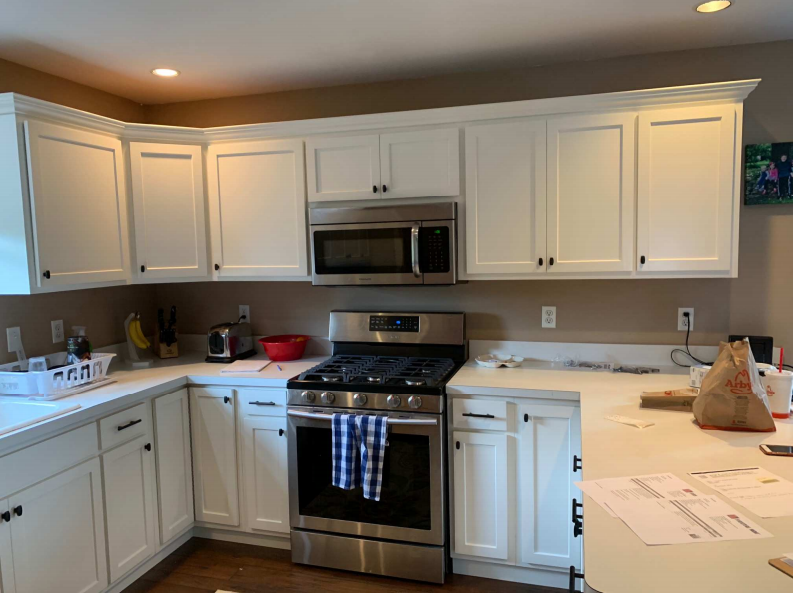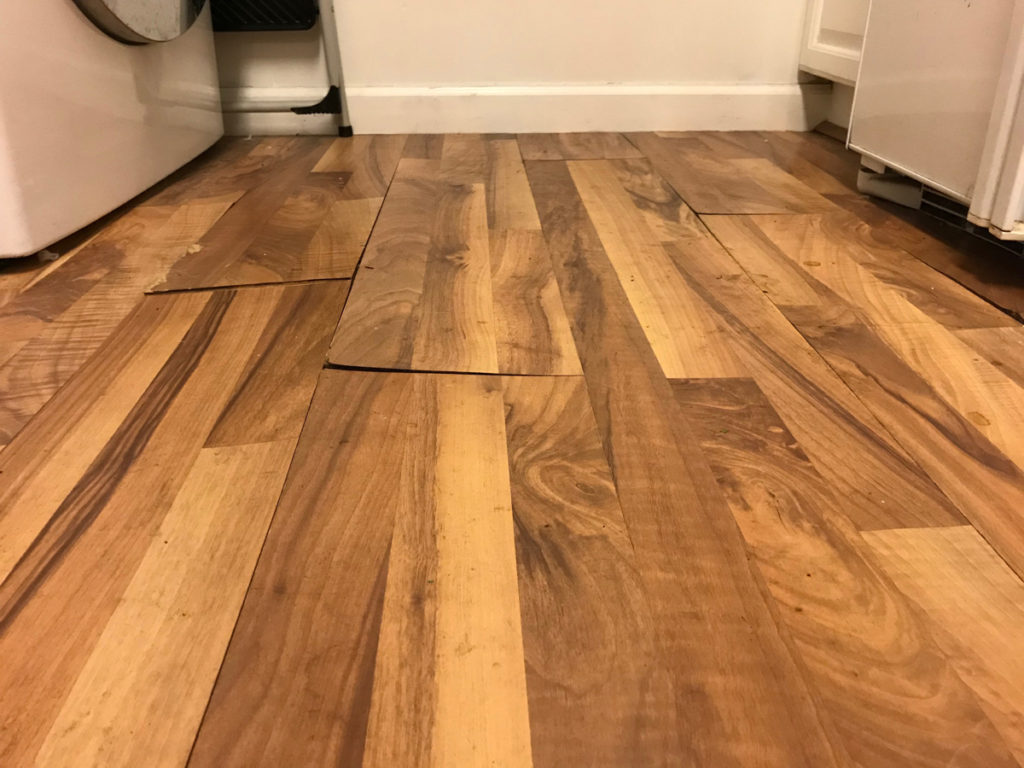Common Causes of Water Damage in the Kitchen
Common Causes of Water Damage in the Kitchen
Blog Article
Have you been in search of selective information around Causes of Water Damage in Kitchen?

The kitchen is the area where a great deal of water activity takes place. You can barely do anything without using water in the cooking area, from cooking, cleansing, as well as doing the dishes.
Hence, inspecting your cooking area once in a while is a necessity. Since it has a greater chance of obtaining water damage due to the appliances you utilize there, this is.
When faulty, these home appliances that regulate water could make your cooking area messy as well as influence the structure of your structure in the long run.
Let's inspect out some reasons of the water damage in the kitchen as well as what you need to look out for.
Some Causes of Water Damages in the Cooking area
These are a few reasons for water damage in the cooking area.
Faulty Drainpipe Pipeline
Drain pipes Pipelines are necessary parts of our homes, specifically in our kitchens and bathrooms. Nonetheless, they get defective by obtaining obstructed, broken, as well as ruptured. Or worse, they can be incorrectly or freely attached; whichever the case may be, it can be a serious trouble.
Faulty drain pipelines can create water damage and also, as a result, trigger mold and mildew development and disfigure the look of your wall surface. It can additionally make the damaged location look unpleasant.
Therefore, it is recommended always to inspect to make certain that all the pipelines are in good condition and get a sound plumbing system to preserve and also deal with any issues.
Faulty Kitchen Sink
The kitchen sink is a vital and the majority of made use of part of the cooking area. Therefore it is prone to water damage; problems such as obstructed pipelines, leaking pipes, and also damaged taps.
These damages can be annoying, specifically when one is active in the cooking area. Nonetheless, it does not just occur without giving a sign or a clue. So here are some indicators to recognize when your sink is not fine
So, these are the significant damages that can take place to your kitchen sink. One way to quit this damages is by guaranteeing that food fragments do not get right into the pipelines. You are also examining the faucets as well as pipelines and making sure that it is properly taken care of and in good condition.
Dripping Dishwasher
Dishwashing machines make life in the cooking area simpler. Nonetheless, it is an optional kitchen home appliance and also, when available, can be a resource of water damage. On top of that, like other makers, it will certainly create faults in time, despite having upkeep.
One of the mistakes is dripping through the door or below the dish washer. These mistakes develop because of age, splits, wrong usage, loose web links to pipelines, etc.
Faults due to age originated from continual use. Consequently, the door leaks as a result of shutting and also opening up.
Also, faults from the incorrect use might cause water damage by introducing cracks to it. It is suggested to follow the manual guide of the dishwashing machine to avoid this specific damages.
The leakages under the dish washer can originate from splits in the gasket, hose, and loose or wrong connection to water pipes or drains.
This kind of leak typically goes unnoticed as well as can be there for a very long time. Due to the time frame, it could create and also harm the flooring mold and mildew growth.
Much more so, the longer the water stays, you will notice the warping of the flooring where the dish washer is. This is an excellent indicator to watch out for when inspecting if your dishwashing machine leaks. Finding and fixing this on time protects against severe water damage to your floor covering.
Bottom Line
Looking out for problems in your cooking area can be charging but necessary. It makes your job there much easier and more secure.
The causes detailed above are just a few variables to think about, especially if your cooking area has a lot of devices.
So obtain a professional pipes service ahead around and also check for any kind of damages and obtain them fixed.
It makes your kitchen location unpleasant and damp, especially when leaking from the pipes. As well as if it is trickling from the faucet, it leads to water wastefulness.
It is an optional kitchen area device and, when readily available, can be a source of water damage. A lot more so, the longer the water remains, you will see the warping of the flooring where the dish washer is. Finding and also repairing this on time prevents severe water damage to your flooring.
Flooded Kitchen – What to Do
Coming home to a flooded kitchen can be an unpleasant surprise as you immediately start thinking about how much this problem will cost to fix. While the feeling can be frustrating, there are actually a number of steps you can take to eliminate extra time and costs when it comes to making the repairs and restoring the water damage. However, if you are able to make the repairs yourself, it is still important to have the area inspected by a professional to ensure that the problem does not return in the future.
What causes kitchen flooding?
Kitchens can flood for numerous reasons, some of which are out of the homeowner’s control. Overflowing sinks, for example, are just one cause of a kitchen flood. Clogs can send wastewater back up through the sink drain and into the kitchen.
Furthermore, kitchen faucets can leak when the pipes around the water supply line become corroded. Pipes can loosen or crack, and even new PVC pipes are vulnerable to developing small cracks. When gaskets wear out along areas where the pipe meets the faucet, leaks and subsequent flooding can occur.
How to clean up kitchen flood?
If the flooded area is not severe, you may be able to dry it out yourself with a mop and bucket; however, for larger areas, don’t hesitate to call a water damage restoration professional. In addition, if you can see that the problem has been ongoing for a few days or more, you will want to contact a mold remediation professional as it is likely that the fungus has developed over time. But while waiting for the technicians to arrive, you can get a head start on the drying process by taking the following steps:
Remove all excess water. If you have a shop vac that is able to remove water, this would be the most efficient tool. Otherwise, a mop and a bucket will be handy. Increase air flow. After the excess water has been removed, it is likely that the building materials and furnishings are still wet. To dry them out, turn on the air conditioner or dehumidifier. If weather conditions are dry, open the exterior windows to allow for additional air to circulate the property. However, if sewage water has seeped into the air conditioning unit, do not use it. Open drawers and cabinets. Moisture can easily accumulate within these smaller areas; be sure that they are all open to allow dry air to flow throughout the space. Avoid damaged electrical items. If any kitchen appliances, such as the toaster, blender, microwave, oven, etc. have been damaged by the water, do not use them. Have them inspected by a professional to determine if they are safe to reuse. Do not lay down magazines or newspaper. Although paper is quick to retain water, the ink will quickly bleed onto the floor and cause a bigger mess. Dry off wet furniture. If any upholstery has been damaged from the water, wipe them down thoroughly. But be careful when drying off wood furniture; this type of material becomes severely weakened after having contact with water. How to Clean Wet Cabinets in a Flooded Kitchen
A flood caused by any of the abovementioned scenarios will lead to water damaged kitchen cabinets. Cleaning the water damaged cabinets right away is important since water damage spreads quickly. Whether the cabinets are made of wood or plywood, proper cleaning tactics help salvage them.
Upon removing the standing water, remove the cabinet doors and dry them with a household fan. Keep the cabinet doors flat to prevent warping. The cabinets should also be dried—however, with multiple high-volume fans and a dehumidifier that run over the course of one full day.
https://restorationmasterfinder.com/restoration/flooded-kitchen-what-to-do/

We were brought to that article on How To Prevent Water Damage To Your Kitchen from someone on a different web property. If you enjoyed reading our blog posting kindly be sure to pass it around. Thanks for going through it.
Book Service Report this page